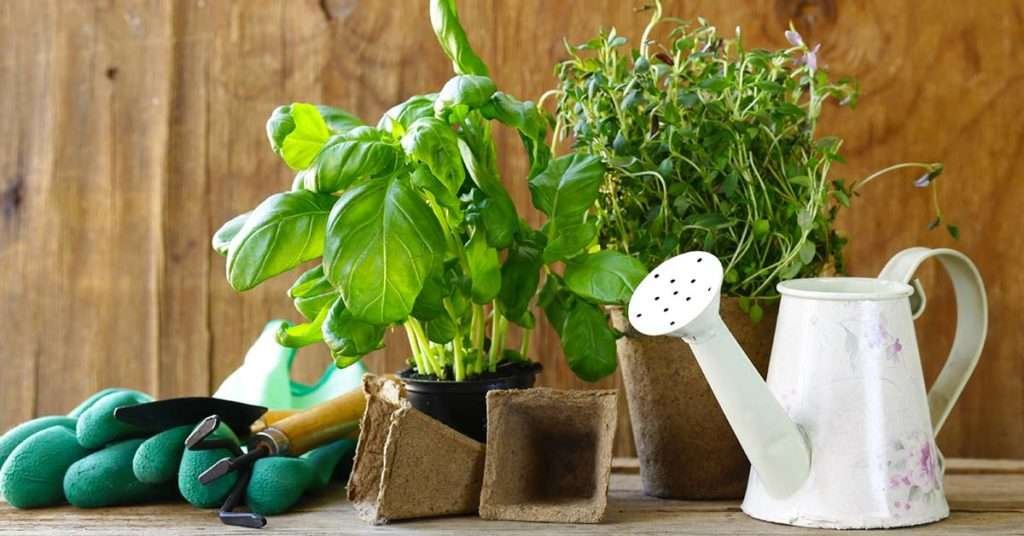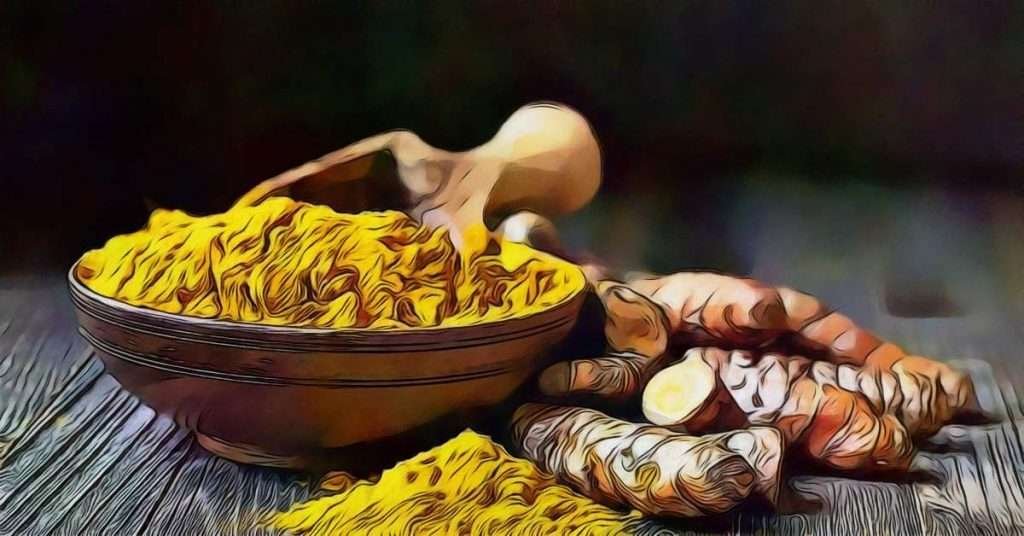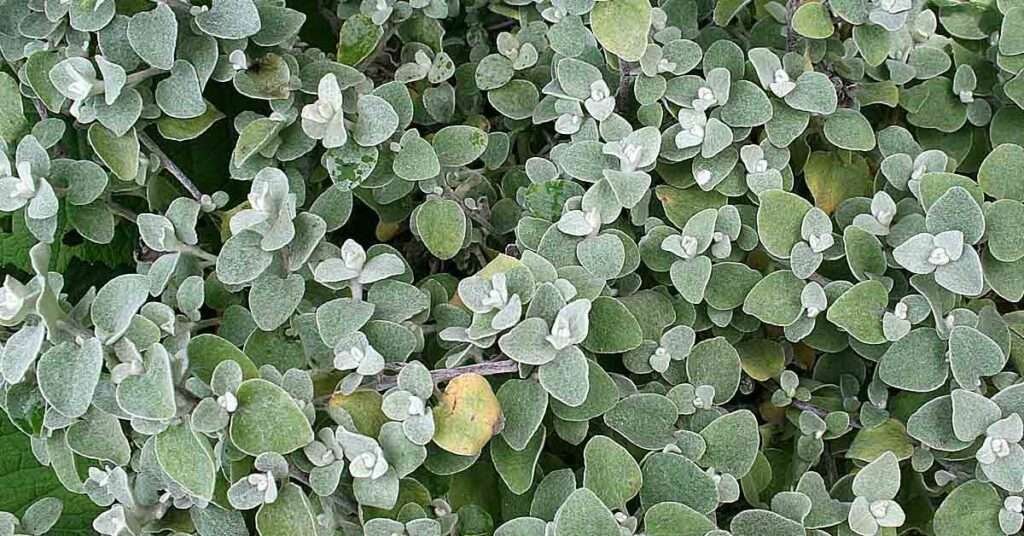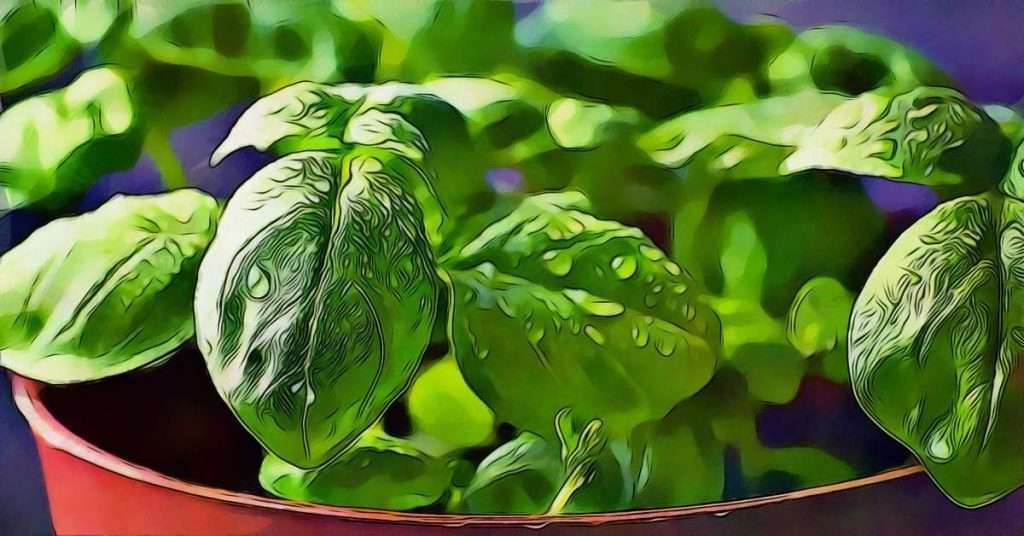Did you know that the delicate-looking dandelion’s name is derived from the French words ‘Dent de lion’ meaning the ‘Lion’s Tooth’?
If you think that was an amazing fact, these floral herbs called Dandelions have many more facts to amaze you! Read on.
Dandelions are perennial plants native to Europe that thrive on nitrogen-rich soils and are a favorite among home gardeners.
The primary reason for the latter is obvious- the plant is trusted for its medicinal properties, so much so, that these are used as effective herbal remedies to treat kidney and liver problems.
Let’s find out more, shall we?
Dandelion, The Herbal Multihealer

Every part of the plant has two things in common- lactiferous ducts that produce non-poisonous latex and safe-to-use individual healing properties.
These properties are the manifestations of its richness in compounds like taraxacin and taraxacerin, glycosides, sterols, amino acids, tannins, inulin (up to 25 percent), mineral substances, rubber (caoutchouc), and provitamin A, vitamins B and C (in leaves).
The Root
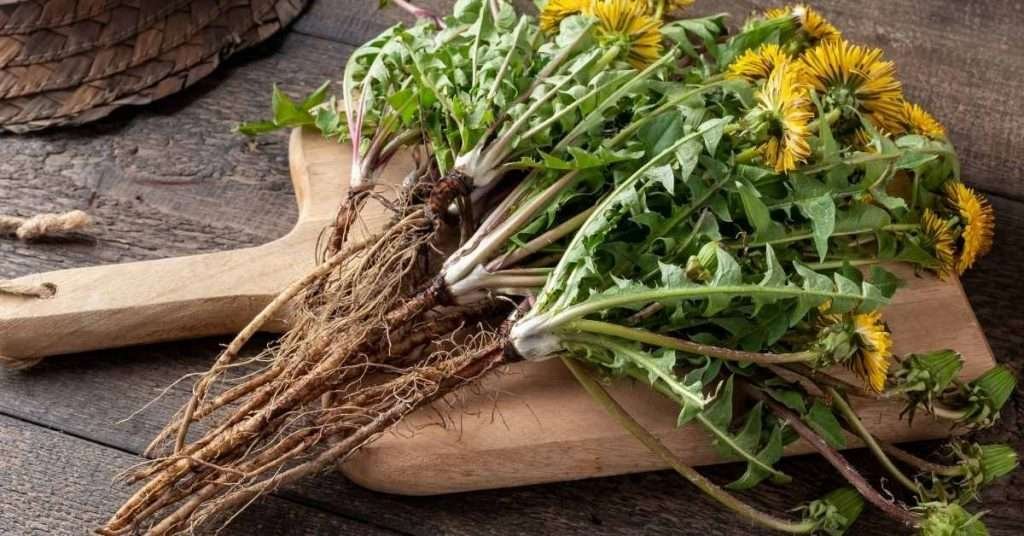
The most active part, the root, is a taproot that is generally sturdy and lengthy.
This can be easily used as a caffeine-free coffee alternative by simply drying, roasting, and grounding it out. Above the ground, these emerge into a basal rosette of leaves with jagged edges, after which the plant gets its name.
All About the Leaves

While these pinnately arranged leaves prove to be highly medicinal when collected before the plant blossoms, at any given time, these make for excellent additions to a salad.
These leaves, along with Dandelion stalks, are also well-known for their juice extracts that help in the treatment of warts.
Here’s What You Need to Know About the Stalks

The hollow scapes emerging out of the leafy rosettes bear floral heads at their terminal end.
These stalks start protruding in early spring and towards the end of flower shedding, the terminal floral heads convert into spherical seed heads that stores their spiny fruit, achenes.
Extremely fine, hair-like pappus keeps the achenes attached to the long stem or beak.
What’s So Special About the Dandelion Flowers?
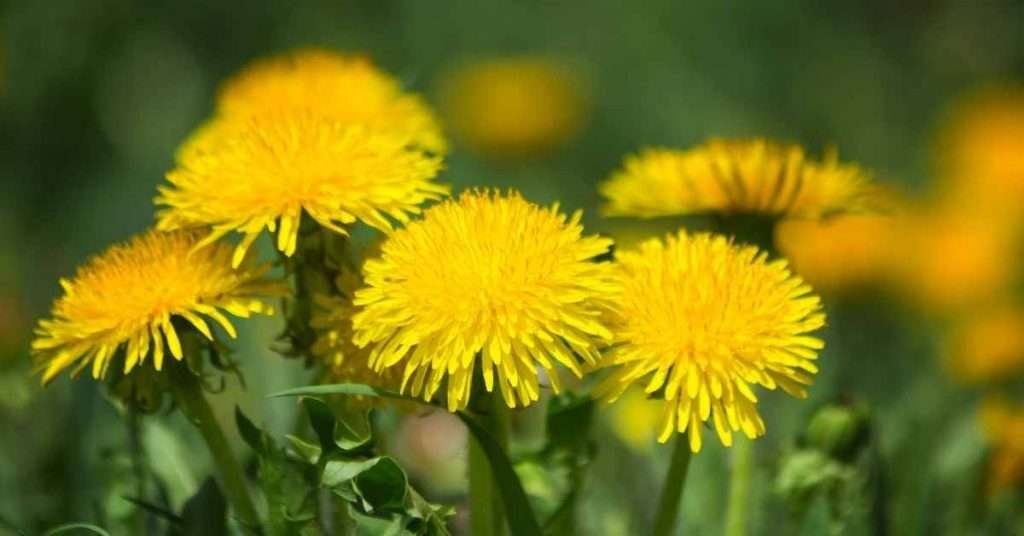
Dandelions bloom between April to October in the Northern hemisphere while the flowering season returns to the Southern hemisphere between September to April.
These months see the blossoming of several yellow florets that are encircled by two series of bracts on the floral head.
The inner row is characterized by the erect nature of the bracts until maturity, while the outer ones are identified by their reflexive downward bend.
You can utilize dandelion flowers in a variety of ways.
A fine choice for making wine, these flowers can also be boiled with sugar and turned into effective cough syrups.
These flowers owe most of their healing properties to the carotenoids and triterpenes that they are replete with.

Life is Better When You Garden™
DISCLAIMER: THIS WEBSITE DOES NOT PROVIDE MEDICAL ADVICE The information, including but not limited to, text, graphics, images and other material contained on this website is for informational purposes only. No material on this site is intended to be a substitute for professional medical advice, diagnosis, or treatment. Always seek the advice of your physician or other qualified healthcare providers with any questions you may have regarding a medical condition or treatment before undertaking a new healthcare regimen, and never disregard professional medical advice or delay in seeking it because of something you have read on this website or in any linked materials.


